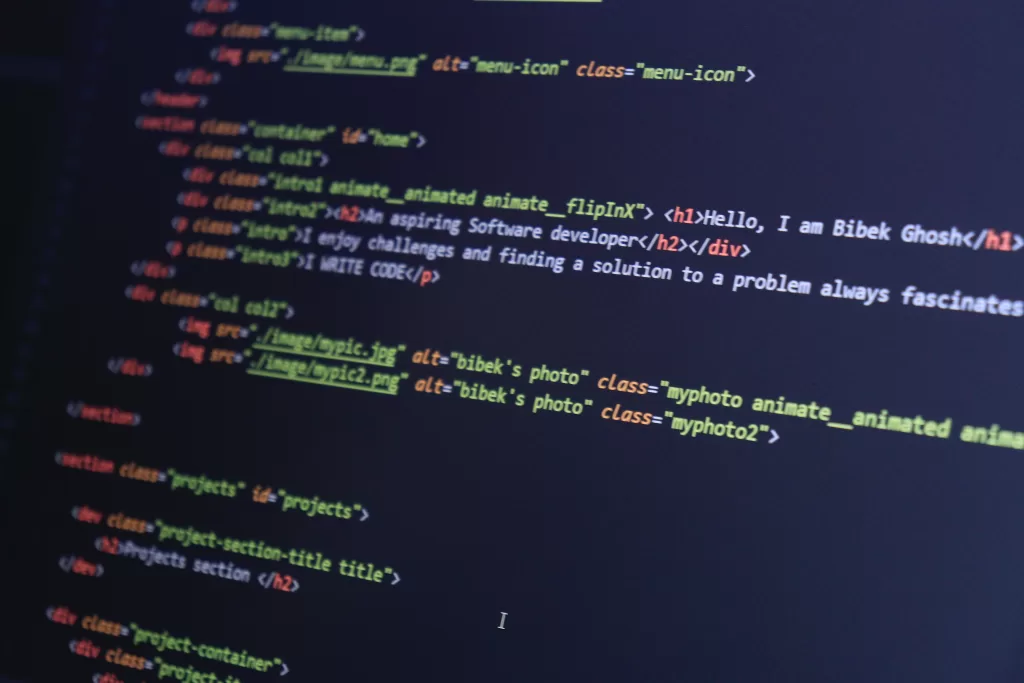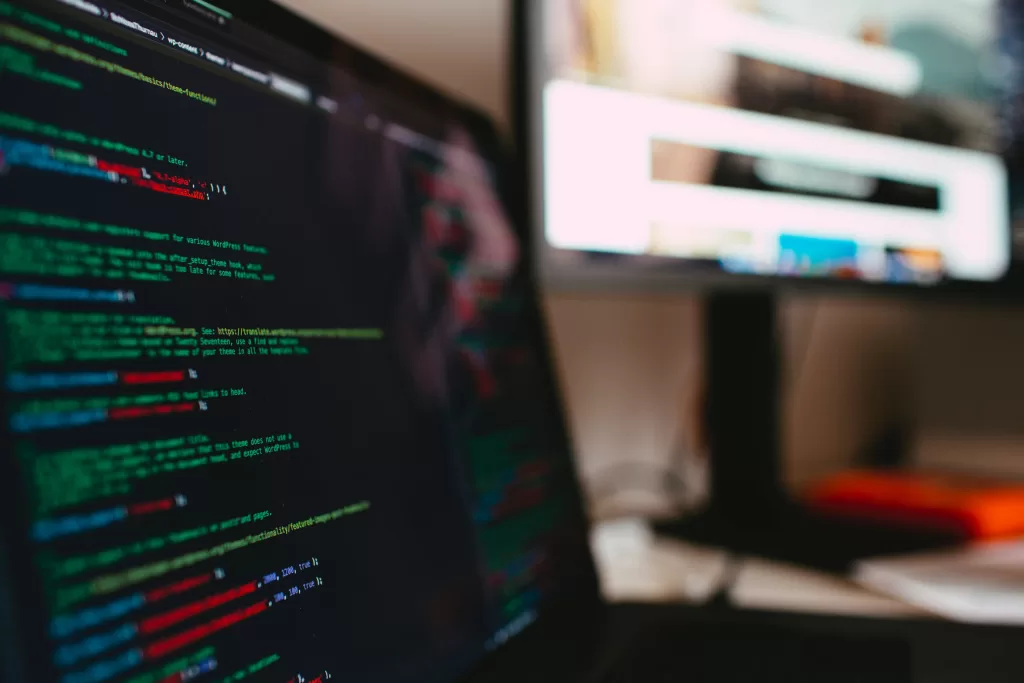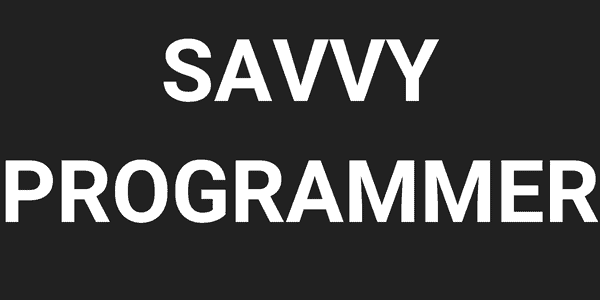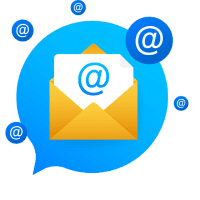If you’re just getting started with coding and programming, you can’t go wrong with using Git and Github. In fact, there are about 100 million developers around the world using Github, so you’ll be joining a whole load of other geniuses already using it.
For those who aren’t yet sure what it is, Git is open source software that tracks your changes as you work on a project. GitHub is where you can host your code, building software on your own and with other people. Getting started with Git and Github is easy with just a few steps.

1. Install Git and Create an Account
First, you need Git installed if you want to use it. Some Mac and Linux computers have it pre-installed, but if you don’t have it, you can download it here. Use Command Prompt to search and check if you have a version of Git already. The actual installation is simple when you follow the guide.
Next, create a GitHub account on GitHub.com. This should take a matter of minutes.
2. Connect GitHub to Git
You’ll need to set a Git username. After installing Git, open a terminal and type:
git config –global user.name “your user name”
To set your email use:
git config –global user.email “your email”
Sign into your GitHub account using these details to confirm.
3. Create an Edit Code Files Locally
You can now use Git to create and edit your code files on your device. You can do this toplay around with your code before you share it elsewhere. The Codecademy course on how to use Git is a good place to start if you want to learn.

4. Create a Repository on GitHub
A repository serves as a folder where you can keep your code online. In GitHub, click the + sign and select “New repository” to create one. Here, you can also import a repository and start a new project.
When you create your repository, you can give it a name and an optional description. Click “Create repository” and you will be given the option of a quick setup, creating a repository on the command line, or pushing an existing repository from the command line.
5. Push Your Local Code to GitHub
To push your local code to GitHub, follow the instructions given by GitHub in their Docs. This guide to pushing your first project to GitHub might also be useful.
When you’re ready to continue your coding journey, learning how to get started with Git and GitHub is a great next step to take. A course like IBM’s ‘Getting Started with Git and GitHub’ on Coursera will take you through the basics and give you a certificate to prove your newfound skills too.
If you’re not quite confident enough to start using Git, try focusing on a basic coding course first. Start with mastering HTML and CSS and learning how to build websites so that you are ready to move on to bigger things with Git and GitHub.




